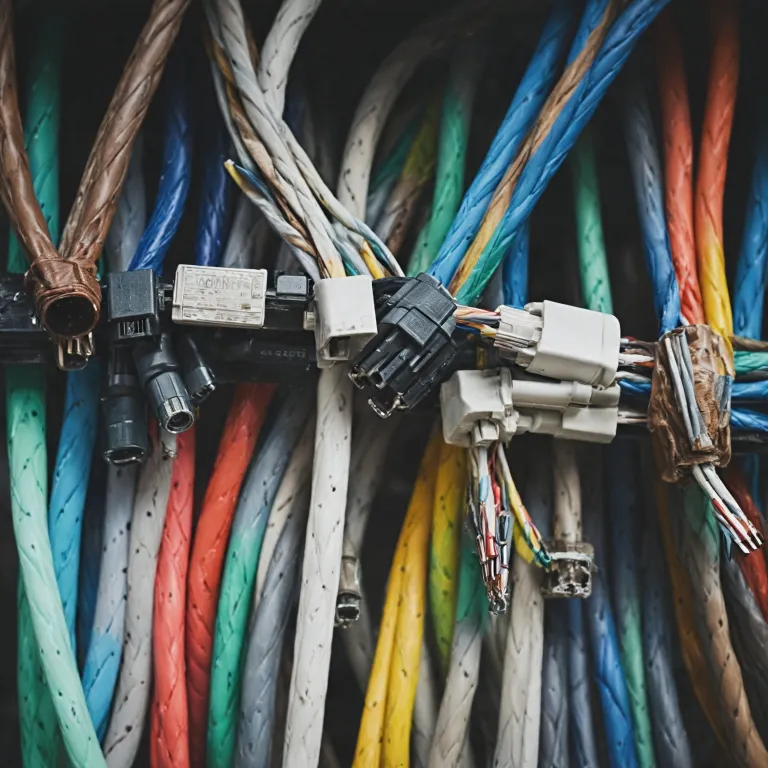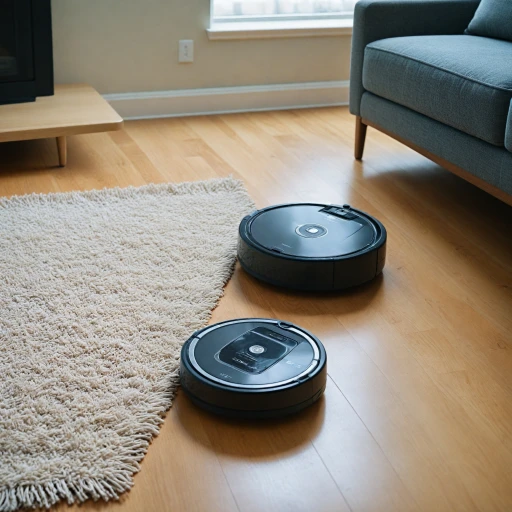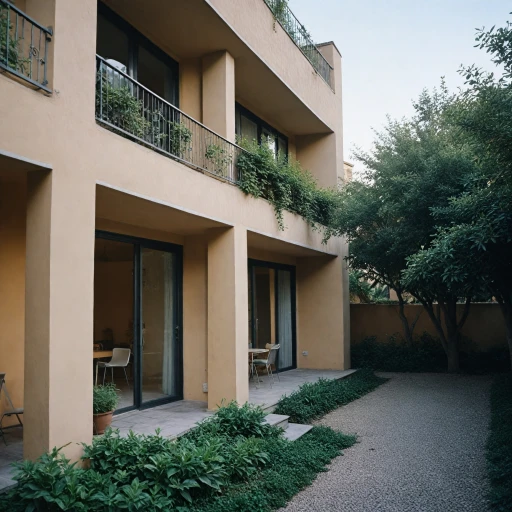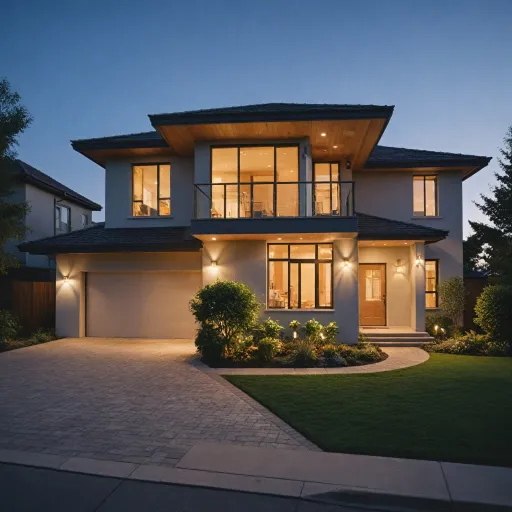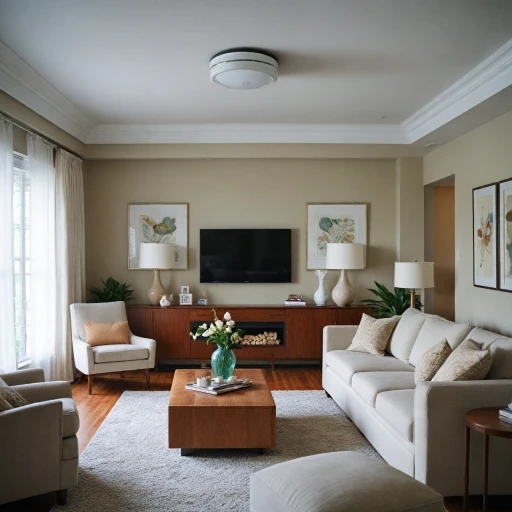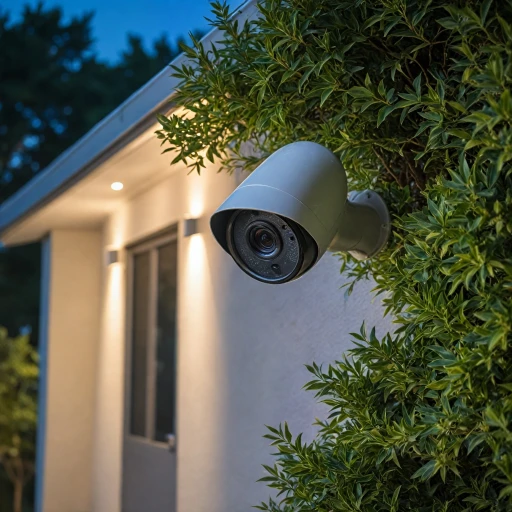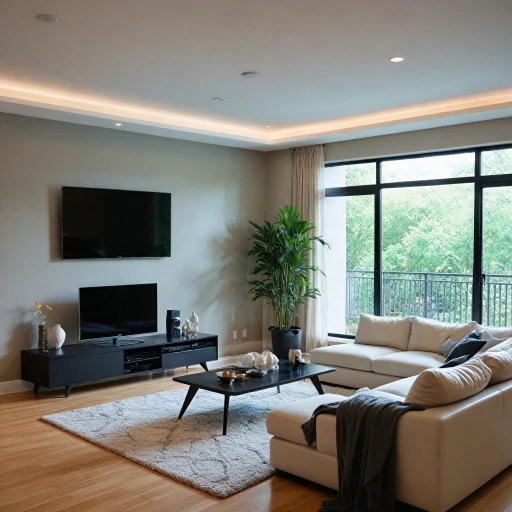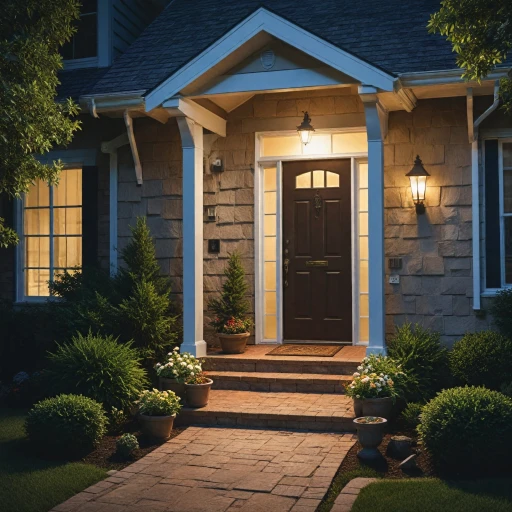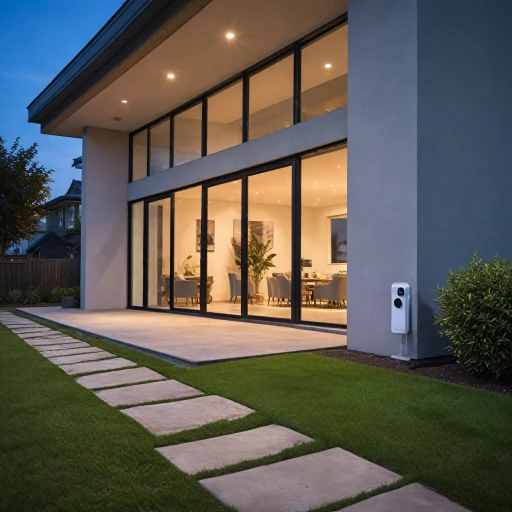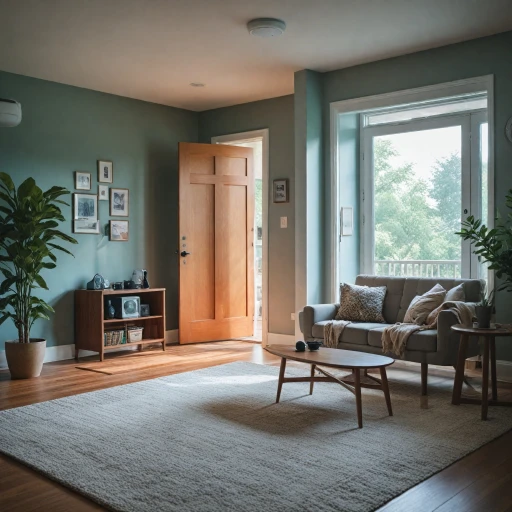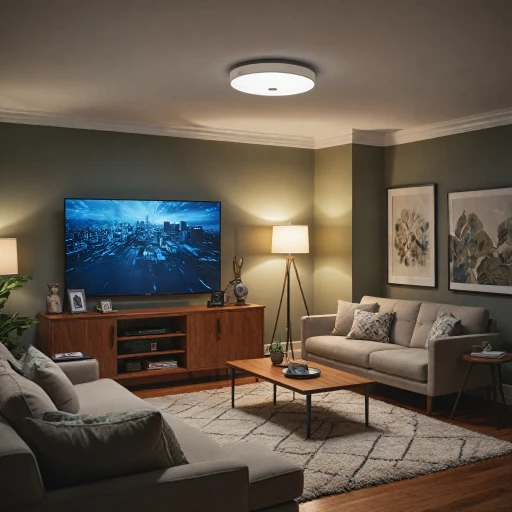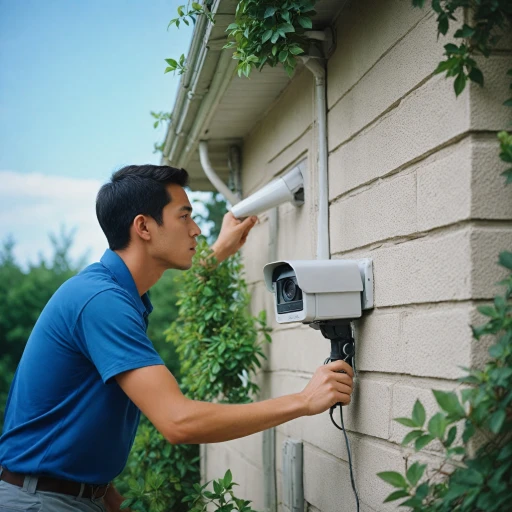
Types of Security Camera Cables
Exploring the Different Wire Options for Home Security
In the realm of home security, selecting the right type of cable is crucial, especially when setting up a CCTV camera system. The right cabling ensures that your security cameras are functioning optimally, transmitting video effectively, and powered adequately. Various types of cables are favored for different installations and purposes.- Coaxial Cables: These durable cables are a popular choice for video transmission. Often used for CCTV systems, they help maintain signal quality over long distances. Coaxial cables, available in black or white, generally come with connectors like BNC connectors which are effective for transmitting video signals. These cables might often be paired with a power cable to streamline the process, forming what is known as a siamese cable.
- Ethernet Cables: Used predominantly in IP camera systems, Ethernet cables, such as Cat cables, allow for both power and data transmission over a single cable. This kind of system is known as Power over Ethernet (PoE), simplifying installations and reducing the number of cables required. Their capability to transmit video data makes them a versatile choice.
- Siamese Cables: Combining both video power and control functions in a single bundle, siamese cables are popular for analog security camera systems. They include both a coaxial cable for video transmission and a separate cable for power, typically resulting in faster and more organized installations.
Choosing the Right Cable for Your System
Factors to Consider When Selecting Security Camera Cables
Choosing the right cable for your security system is crucial for the optimal performance of your CCTV setup. Let's delve into the considerations that will guide you to the best choice for your needs.- Type of Cable: The market offers various cable options such as coaxial, siamese, and cat cables. Coaxial cables are often used for analog setups to transmit video while siamese cables provide both video and power in one neat package.
- System Requirements: Check the compatibility of your camera and system. For high-resolution CCTV camera setups like SDI or HD-SDI, ensure that your cable can handle high-quality video transmission.
- Environment: Consider where you will install these cables. A black cable might be preferred for outdoor installations where aesthetics aren't a major concern or if you need it to blend with dark surfaces, whereas a white cable might suit indoor decor better.
- Length and Flexibility: Measure the distance from cameras to the recording or monitoring equipment. Longer runs may require cables with specific connectors such as BNC connectors for coaxial cable types.
- Connectivity Needs: Some systems may need cables with specialized connectors. Investing in quality connectors and adapters, like a BNC to RCA connector adapter, can ease installation and ensure seamless system security performance.
Installation Tips for Security Camera Cables
Effective Strategies for Proper Setup
Installing security camera cables is crucial for ensuring a fully functioning camera system. For optimal performance, it’s essential to use best practices and avoid common pitfalls.- Plan Your Cable Routes: Before starting, map out your cable routes to avoid obstacles and minimize the risk of interference. Consider using Siamese cables which combine video and power cables, simplifying the installation process and reducing clutter.
- Select Appropriate Connectors: Use the right connectors for your camera system. BNC connectors are commonly used with coaxial cables in CCTV cameras as they securely transmit video signals. For ethernet cable systems, ensure that Cat cables and their corresponding connectors are compatible with your setup.
- Secure and Protect Cables: It's important to protect your cables from environmental damage. Use conduits or cable trays where necessary, particularly if the cables are exposed to outdoor conditions. This setup prevents wear and tear on camera cables.
- Power Considerations: Ensure your power cable is suitable for the distance it needs to cover. Long distance runs may require thicker cables to effectively transmit power without significant loss.
- Check for Interference Installing cables too close to other electrical wiring can lead to interference, impacting the quality of your CCTV camera’s video feed. Maintain a safe distance between power cables and video cables.
Common Issues with Security Camera Cables
Identifying Common Problems with Security Camera Cables
Navigating the landscape of security camera systems can be complex, and the cables that connect your equipment are no exception. Various issues may occur with security camera cables, adversely affecting the overall functionality of the system. One frequent problem involves physical damage to the black or white cables. It's essential to check for wear and tear or exposure to the elements, like UV light or moisture, which can degrade the cable's performance over time. Furthermore, signal interference tends to be a recurring issue, especially with video transmission. If your camera system uses coaxial or ethernet cables, the integrity of the video signal may be compromised by nearby electronic devices. In this case, switching to shielded cables like coaxial or cat cables might alleviate the issue. Another common setback is improper or loose connections. It's crucial to ensure that all cable connectors, such as BNC connectors or video power splitters, are securely attached to avoid intermittent or poor system performance. Power issues may also arise, particularly if using siamese cable setups where video and power cables run parallel. A disruption in power supply can lead to cameras shutting down unexpectedly, so it’s vital to use stable power cables and reliable power sources. Additionally, planning the installation process carefully can mitigate future issues. By considering the layout of your home or business and selecting the appropriate cables and connectors, you can prevent many of these problems from occurring in the first place. This careful consideration will add to the efficiency and reliability of your overall video surveillance system.Maintenance and Care for Security Camera Cables
Ensuring Longevity and Efficiency with Proper Maintenance
To keep your home security system functioning optimally, regular maintenance and care of the security camera cables are crucial. Often overlooked, maintaining these cables can prevent unexpected issues that might compromise your security system. Firstly, regularly inspect your cables for any visible damage or wear, ensuring that all connectors, such as BNC connectors or coaxial connectors, are tightly secured. This is particularly important for siamese cables that integrate both power and video transmission. Loose connectors could result in poor video quality or a complete loss of signal transmission. Temperature fluctuations can impact cable performance, especially if cables are exposed to direct sunlight or harsh weather conditions. Consider using black cables to minimize UV damage, which can be more pronounced in white cables. Alternatively, protect them using conduits or cable covers. Moisture can also affect the integrity of your cables, especially for outdoor installations. Ensure all connectors are adequately sealed to prevent water infiltration. Using weatherproof ethernet cables or waterproofing tape can extend the life of your installations. Cleaning your cables can prevent dust and debris buildup, maintaining a consistent video signal. However, caution should be exercised not to use harsh chemicals or excessive force, which might damage the cable insulation. Remember to power down your entire camera system before performing any maintenance. This not only protects the system but also ensures personal safety. If you're unsure about performing maintenance, consulting with a professional technician or seeking guidance from your security system provider may be beneficial for more complex systems. Regular maintenance checks can help identify early signs of wear or dysfunctionality, reducing potential interruptions in your security coverage. It's an investment in ensuring your peace of mind and the longevity of your security camera setup.Future Trends in Security Camera Cabling
Emerging Cable Technologies in the Security Sphere
The evolution of security camera cables is driven by the necessity for higher performance and reliability in surveillance systems. As technology advances, so too does the infrastructure that supports your home security, including the variety of cables available for CCTV and other camera systems. Here's what to keep an eye on:- Powering Through Power over Ethernet (PoE): Ethernet cables, particularly Cat cables, are increasingly popular due to their ability to transmit both video signals and power through a single cable. This simplifies installation and reduces the need for multiple power cables.
- High-Definition Video Transmission: Coaxial cables, especially those incorporating SDI (Serial Digital Interface), are favored for transmitting high-definition video without significant signal loss, ensuring clearer footage from your security cameras.
- Siamese Cables for Dual Functionality: Siamese cables, which combine a video cable with a power cable, remain a staple for many systems, offering a neat solution for installations where both power and video transmission are required.
- Connector Advancements: BNC connectors continue to be a robust choice for securing coaxial connections, while innovations in connectors aim to enhance signal quality and minimize disconnections.
With advancements in cable technology, future-proofing your security system becomes about selecting cables and connectors that offer durability, reliability, and efficiency. Ensuring your system's infrastructure can support potential technological upgrades is a smart long-term strategy for maintaining security efficacy.

